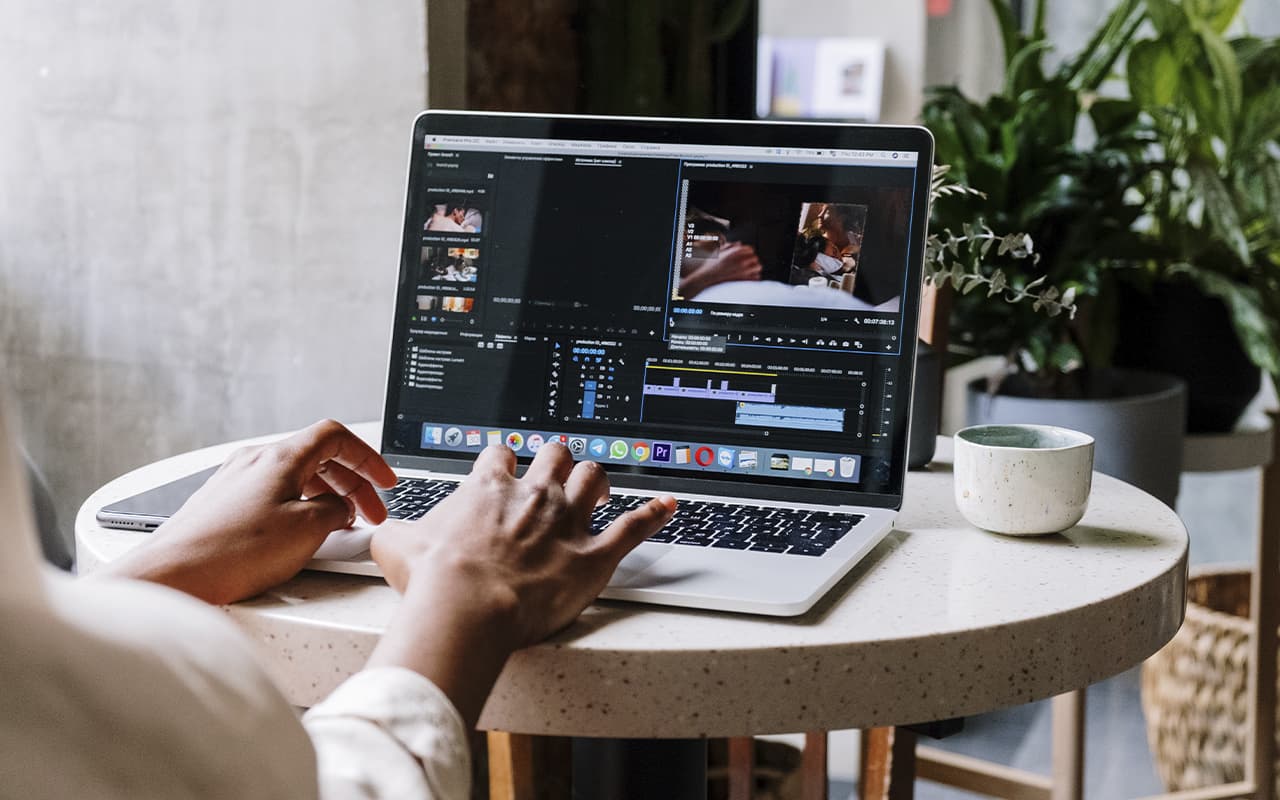Visual context has to do with presenting content in a way that better communicates the main idea of the site.
For example, an architect’s website may have a portfolio of successful projects. The user will decide for himself whether he needs this section or not. The visual context from the beginning (images, colors, indents) will give the user an understanding of the architect’s design knowledge, construction experience, and administrative expertise.
Let’s look at another example with an aerospace company. A bold picture of an airplane and machinery immediately gives an understanding of this company’s position in the aerospace industry. The user does not even need to read the text on the banner.
Imagine what this landing page would look like without an image of an airplane. More vague and more complex. Merc Aerospace offers a wide range of engineering solutions in various sectors. The main focus is the aviation industry. All of these are suitably presented through images.
How do you create visual context?
Creating visual context depends on understanding your users, the perspective of users shifting with age, gender and ethnicity. For example, images with the color white can evoke happiness in some people and sadness in others. Therefore, to create the perfect visual context on your business website, you need to assess the understanding of your audience, what your users can help you with.
A few valuable ingredients in creating visual context:
- images with the type of business;
- infographics that gather the main text in a readable way;
- arrows, lines, patterns, highlighting numbers and showing direction;
- a selection of words and phrases that enrich the visual context;
- stories told through creative graphics;
- eye-catching icons that help with menus.
How important is visual context?
Let’s look at a few reasons why visual context is important:
First Impression
We said above that users need fractions of a second to form an opinion about your site. A more complete opinion is formed in the next few seconds. Brand, images and icons should create a good first impression in a short period of time. To make users stay on the site longer, make sure the visual context gives an informative picture of what your site is about and what it is for.
It helps with the delivery of information
The visual component of a website is “sensually” more appealing than textual content. A user is more likely to pay attention to a few more images that confirm the overall context, rather than phrases and paragraphs of text. No matter how well you convey the story, the first emotional response from the user is heavily influenced by images, which helps in conveying information.
Users are much better at understanding visual context
Visual context brings the story to life, it helps the user understand your business and your operations. He or she will understand the basic idea of your business from the context and start looking for options, products and services.
If you’re chasing an innovative interface that defies convention, visual context can help bridge the gap between users and your product.
Emotional connection matters
Visual context evokes emotions in your target audience. Let’s break down the example of Lend With Care, a microfinance organization. Count the number of faces on the homepage. This instantly conveys context and connects the user. Warm and soft colors make the site more appealing, smiles convey positivity and a sense of community.
Visual context helps users, especially those who are on your website for the first time. It interprets characteristics and values from the site. As a designer, you can use all of the above to create important context (images, colors, visual data, infographics, videos, animations, icons, directions, and other visual tools).
